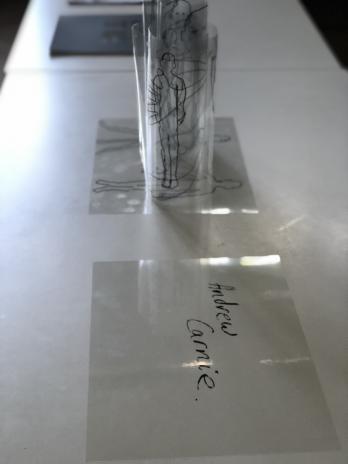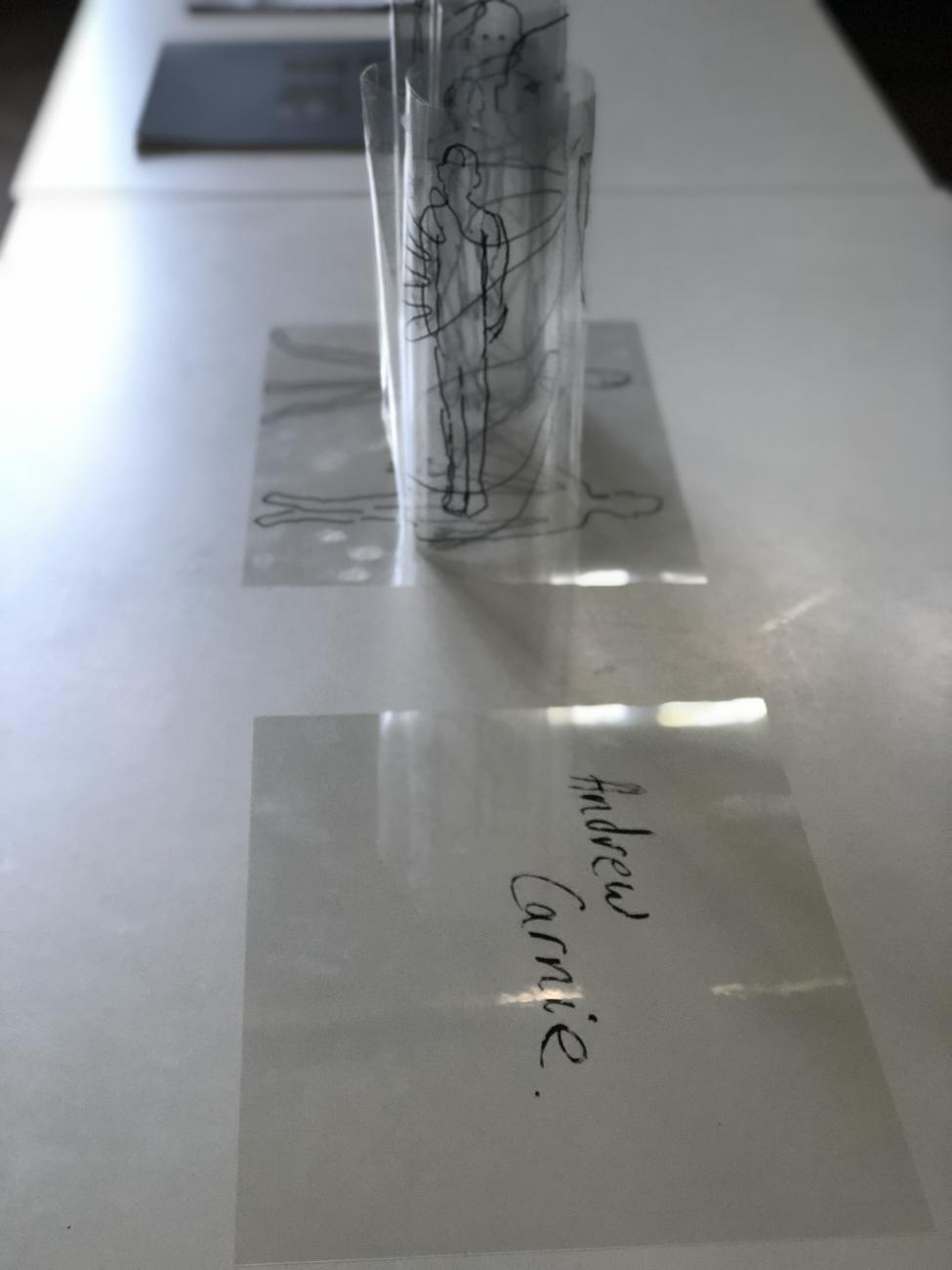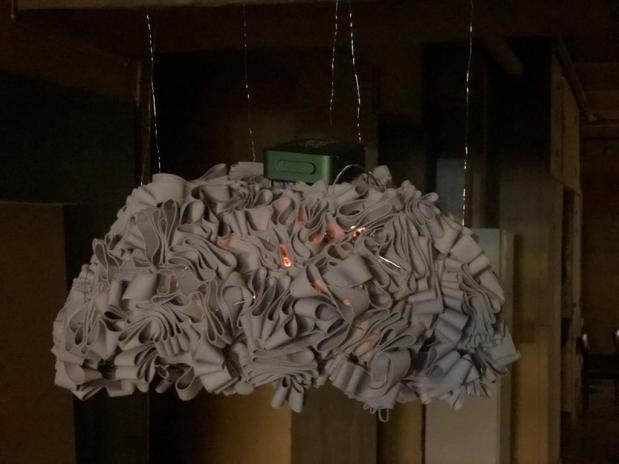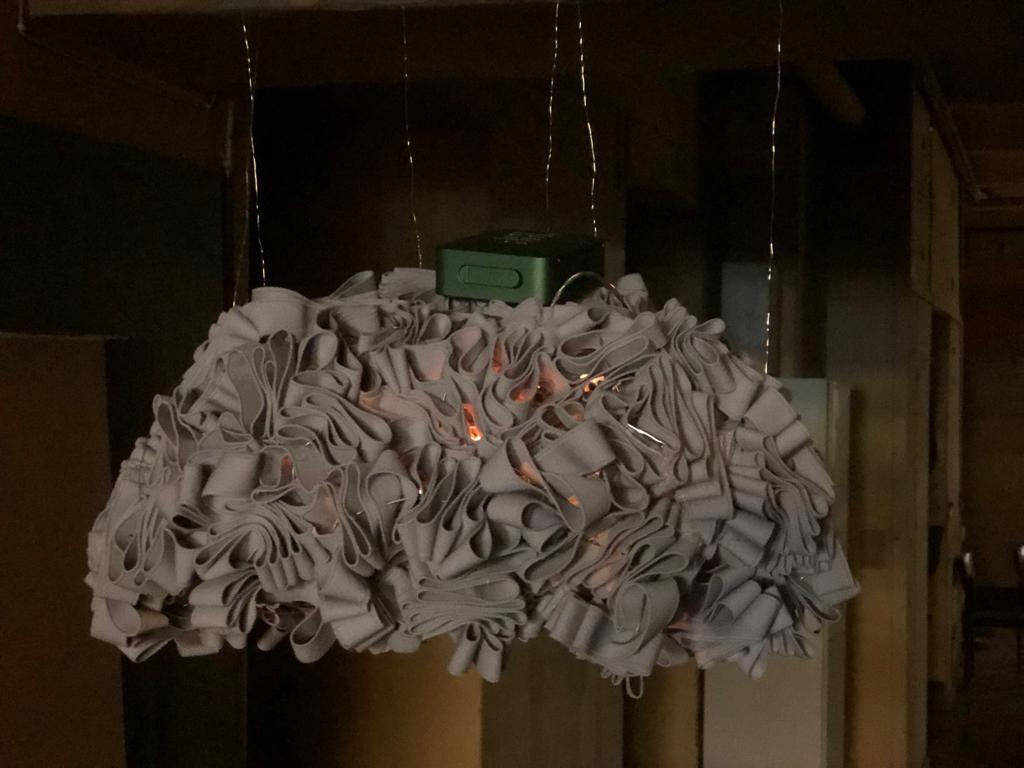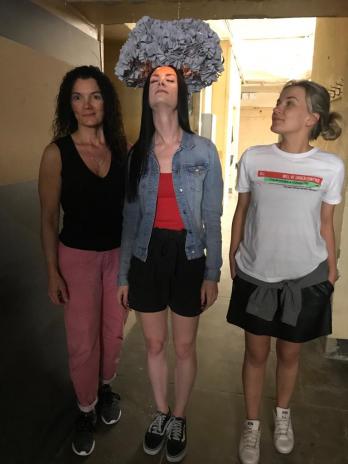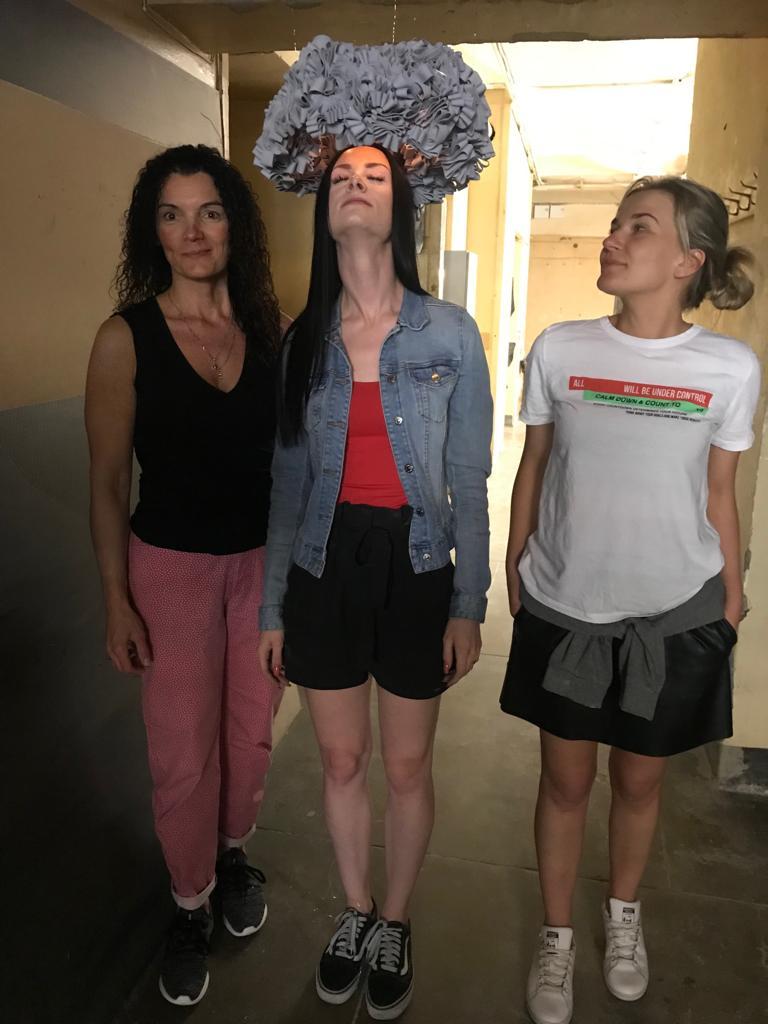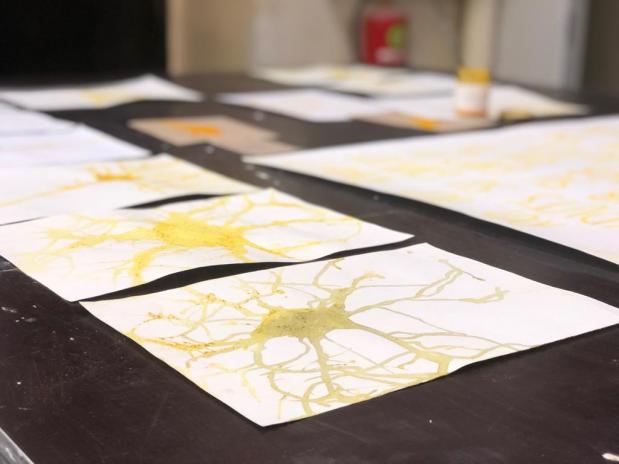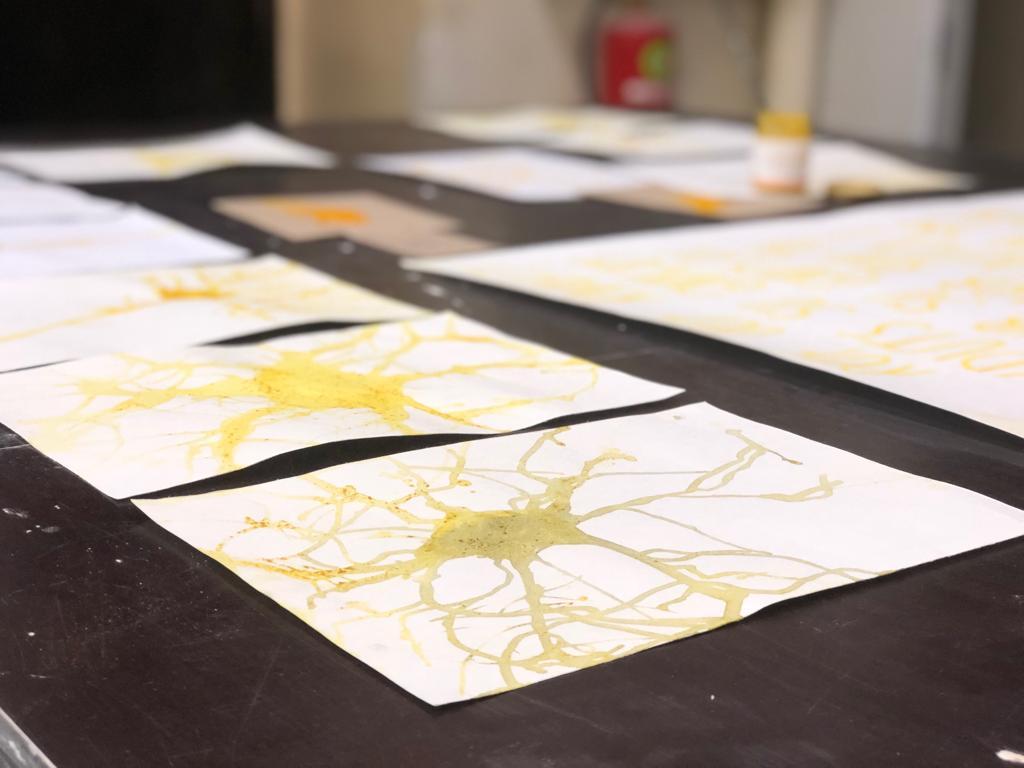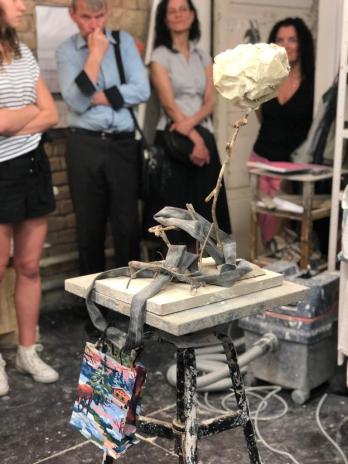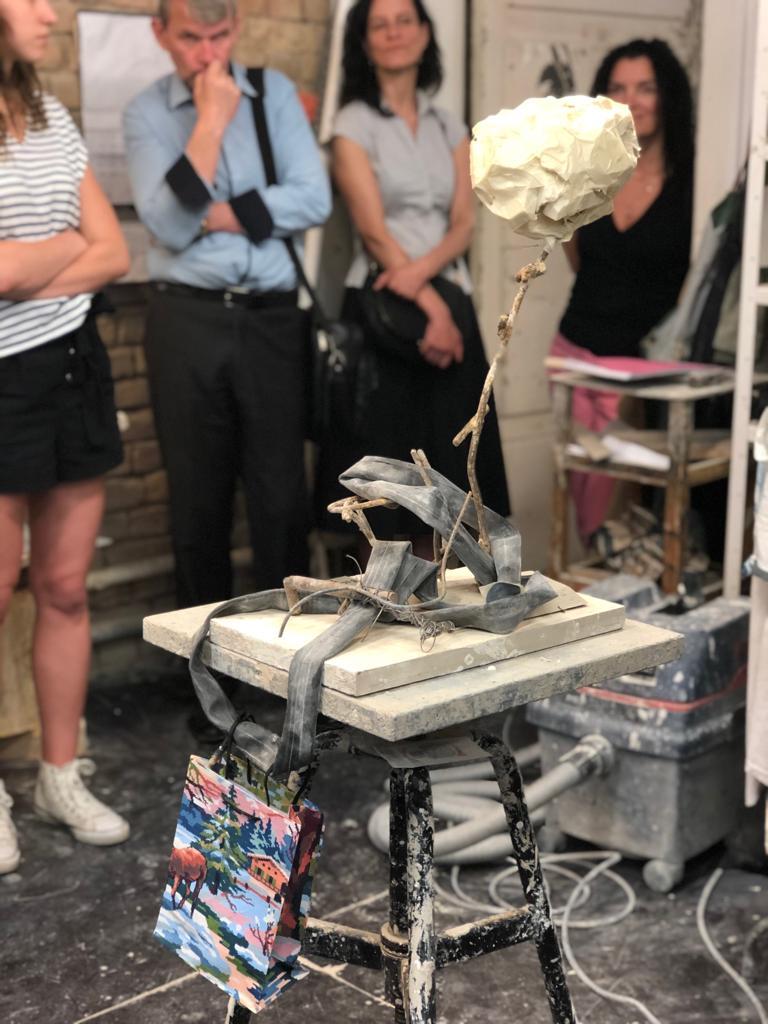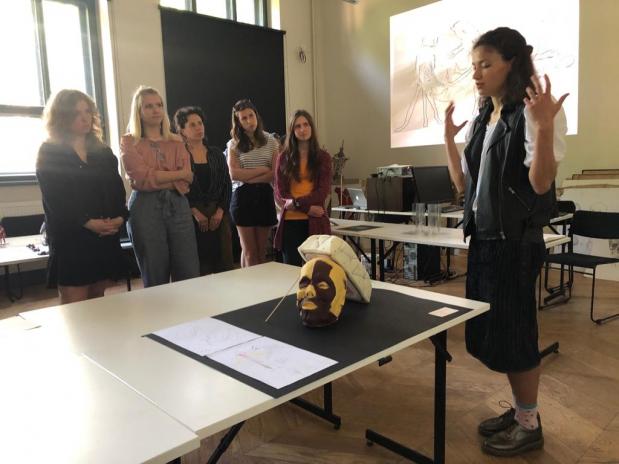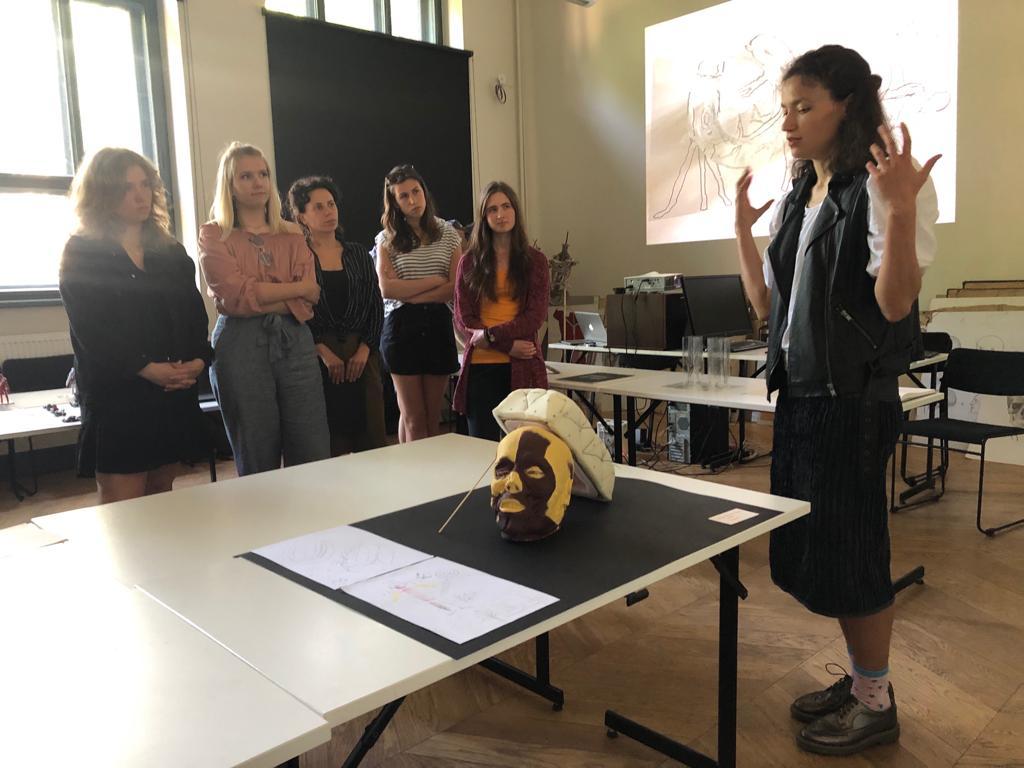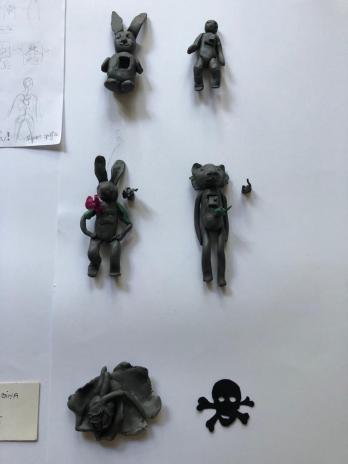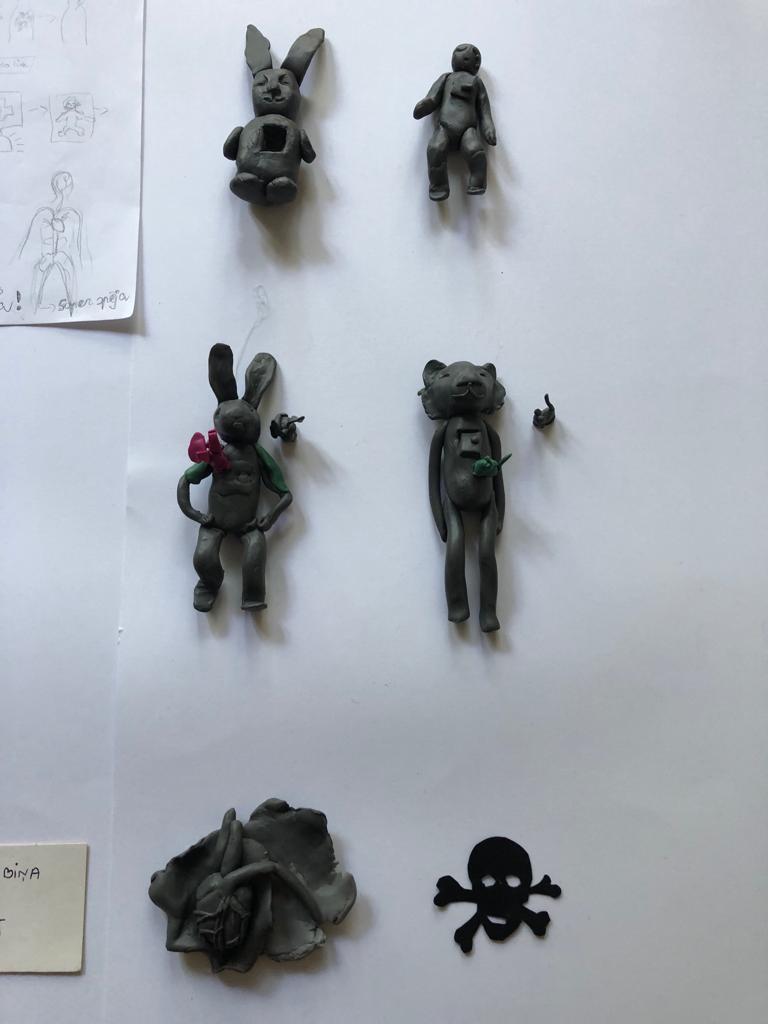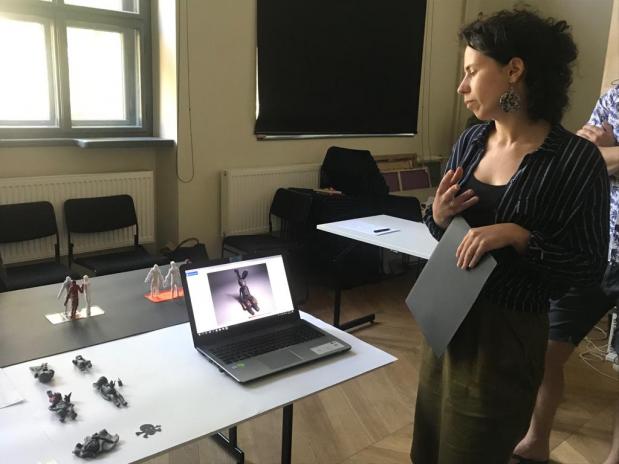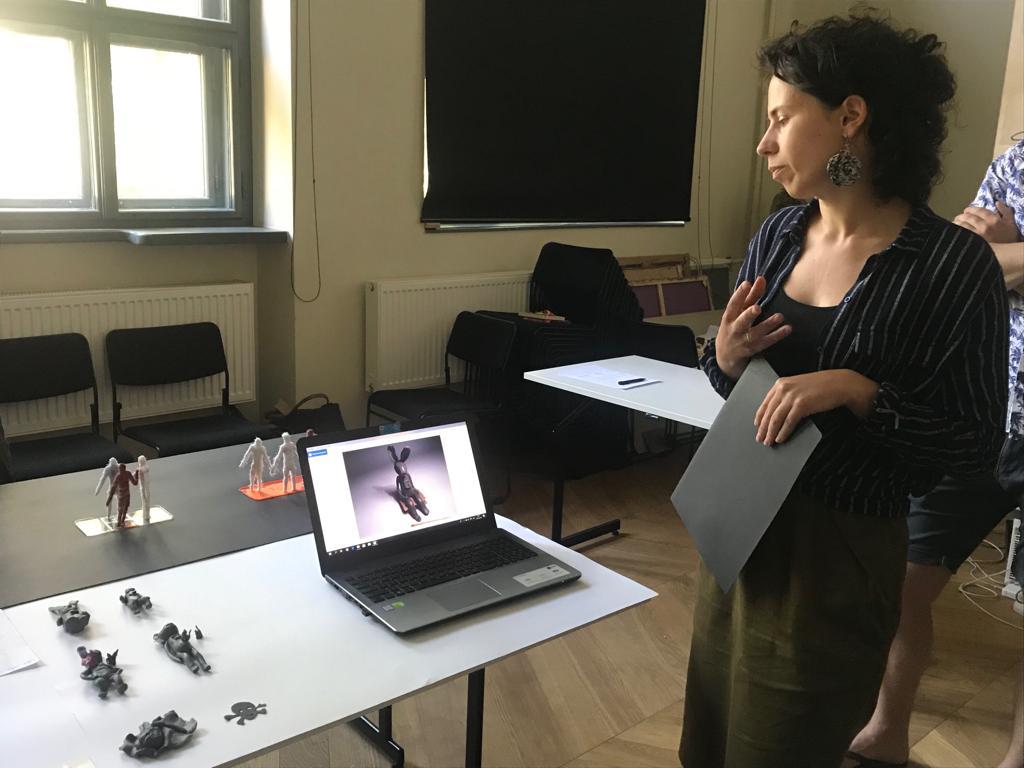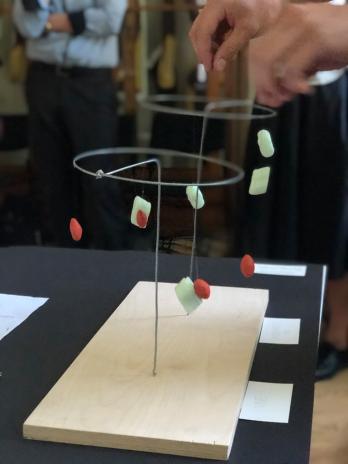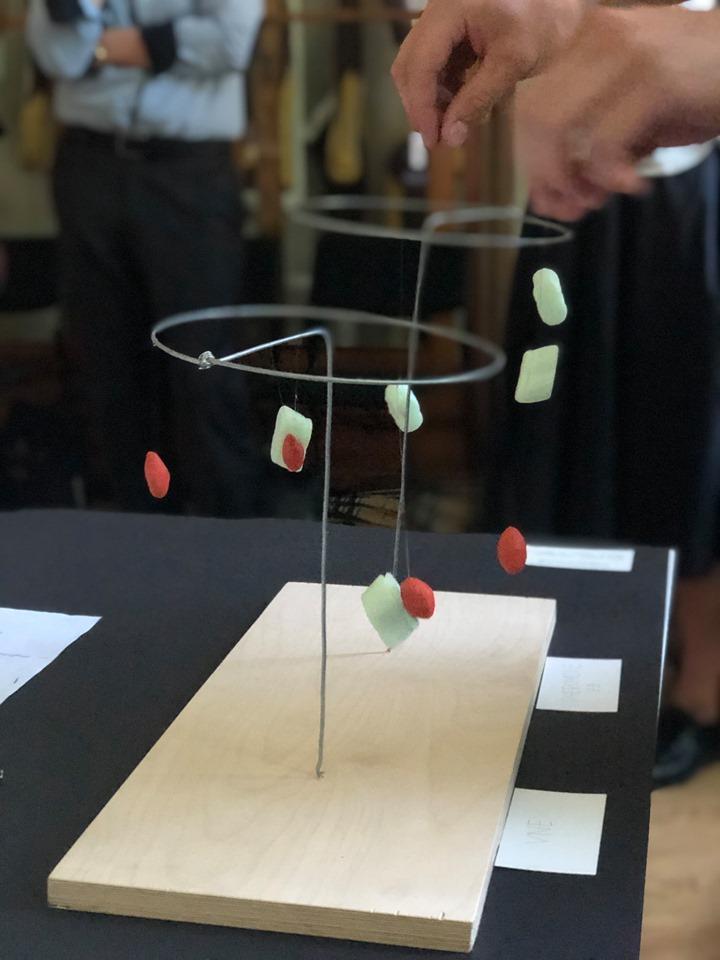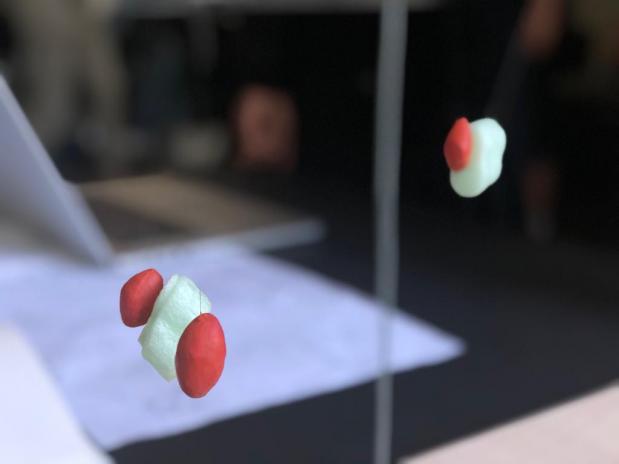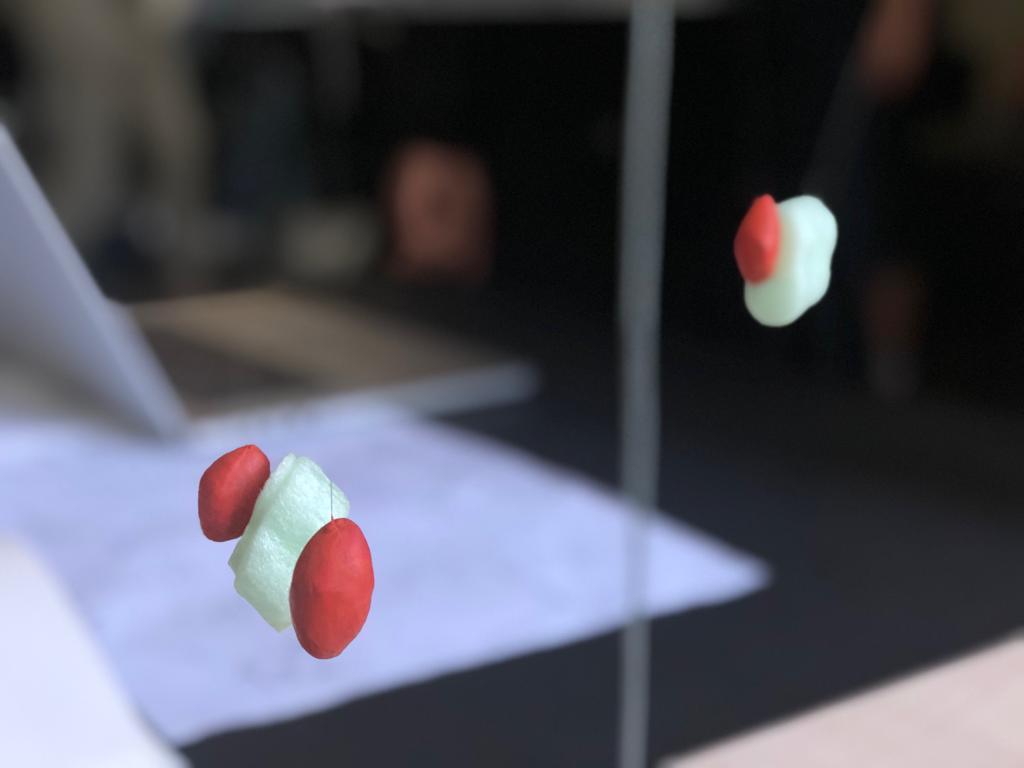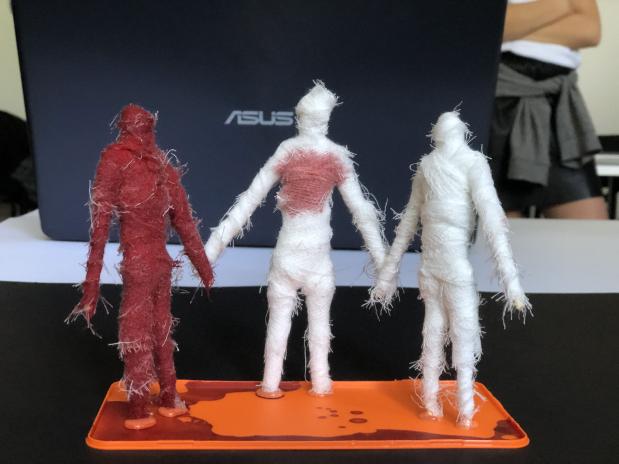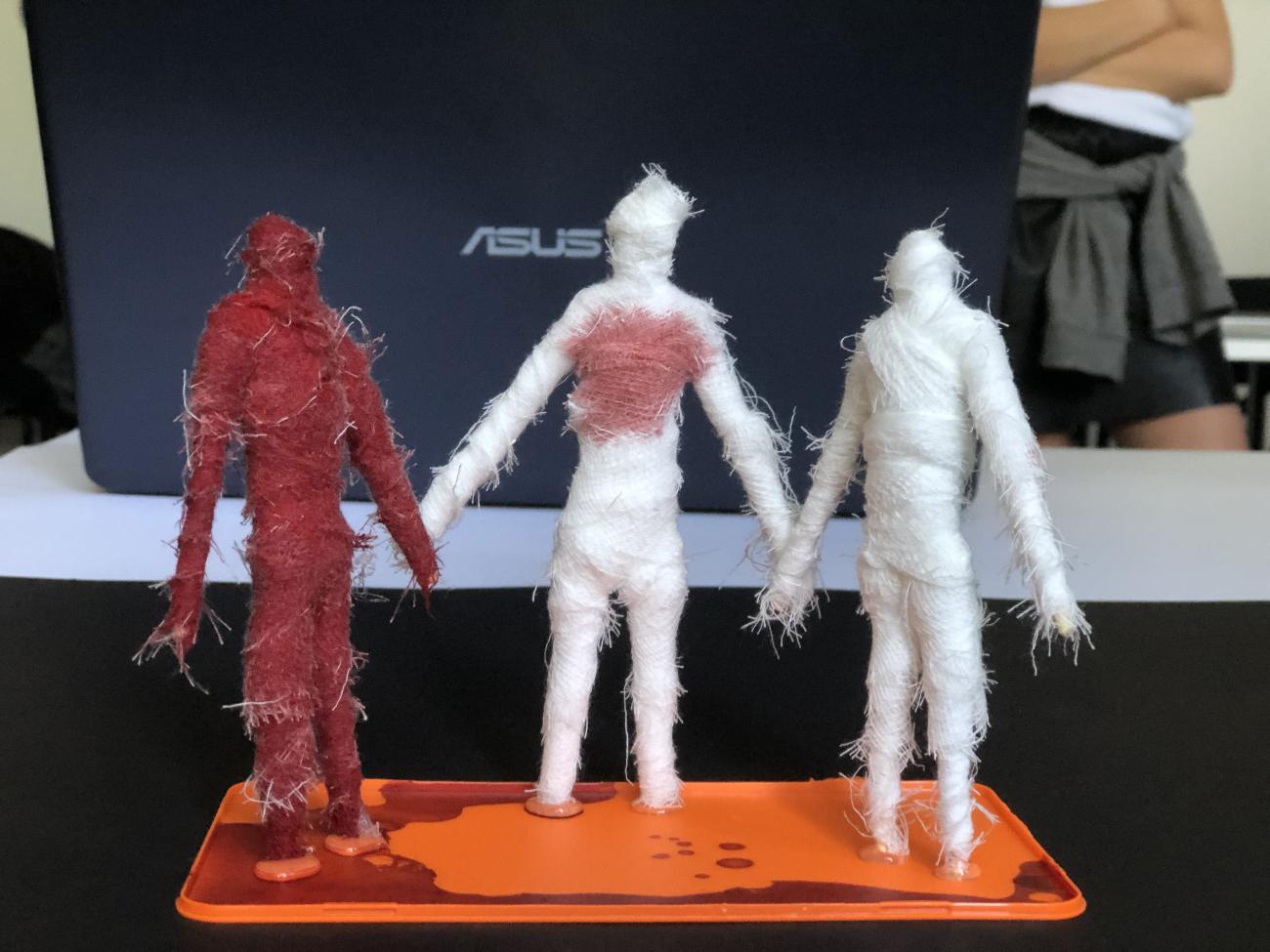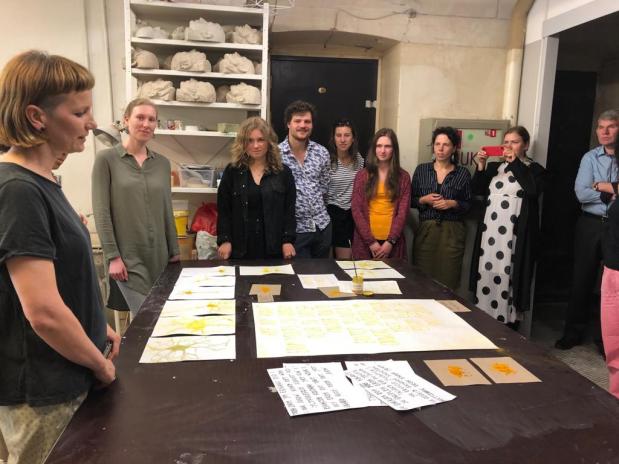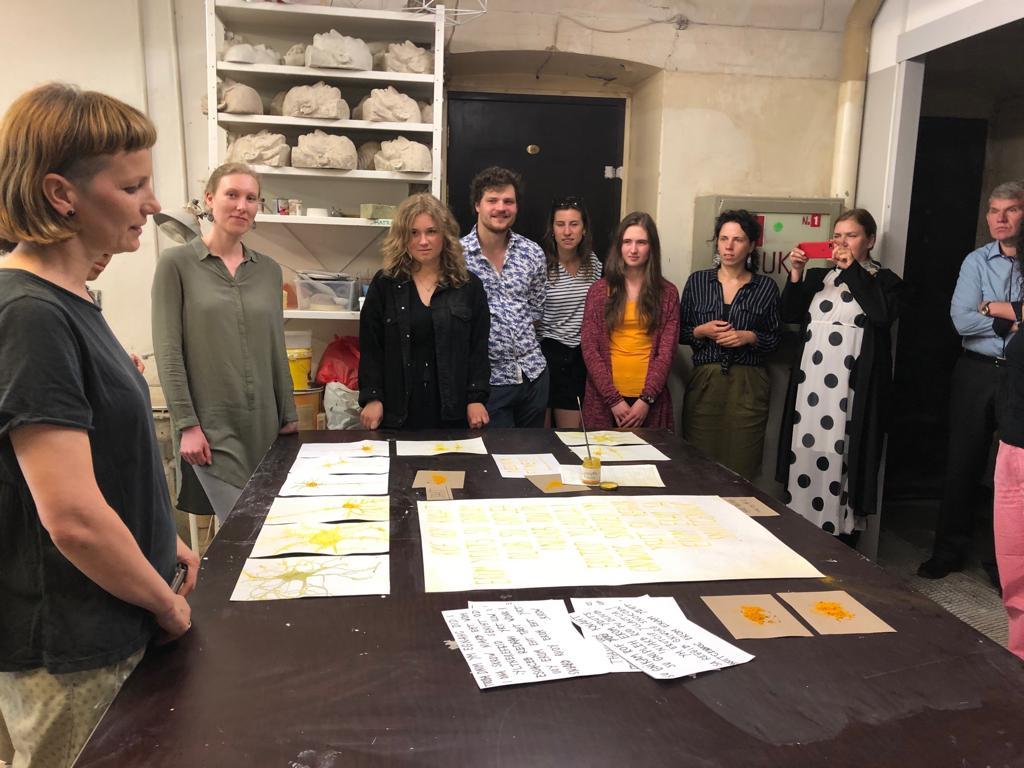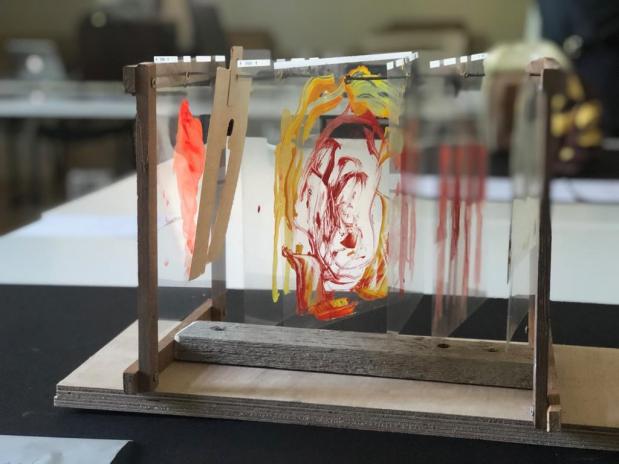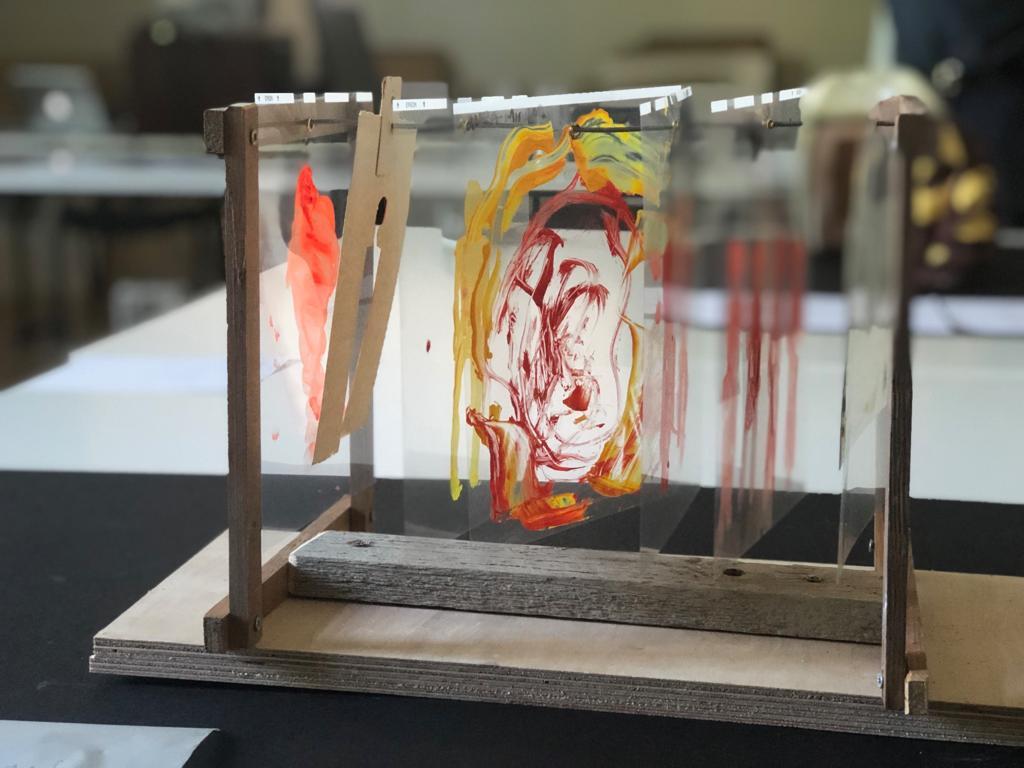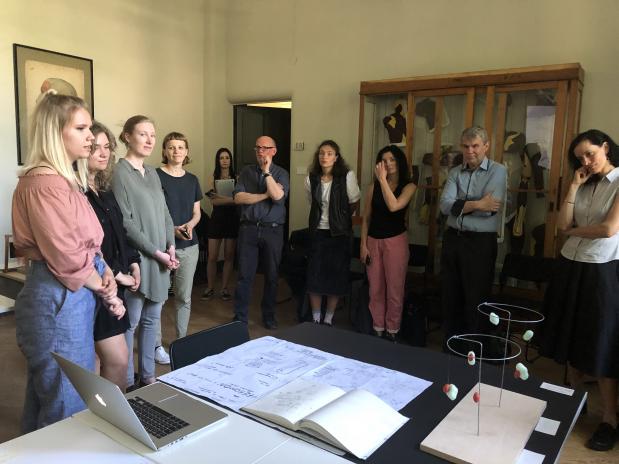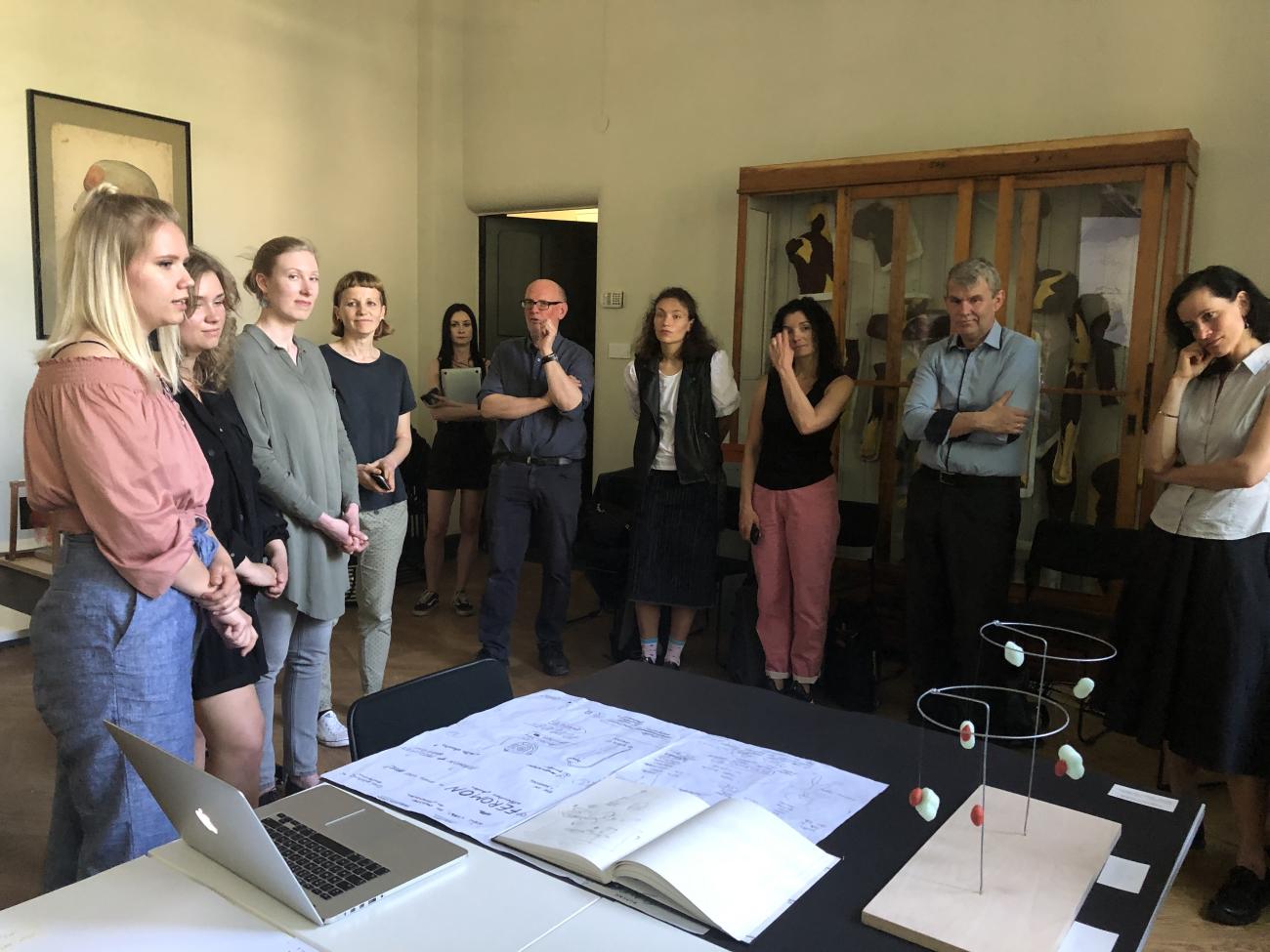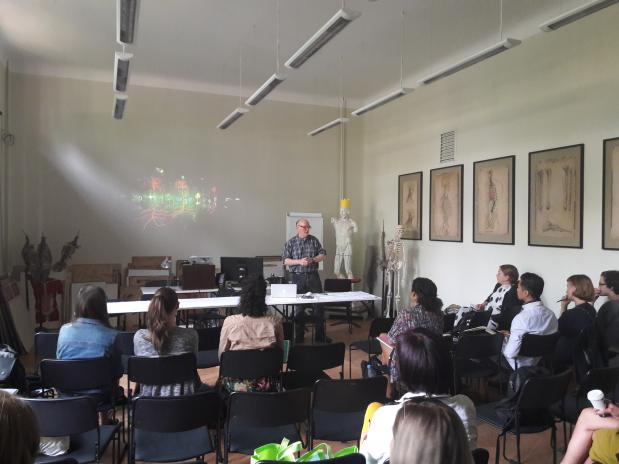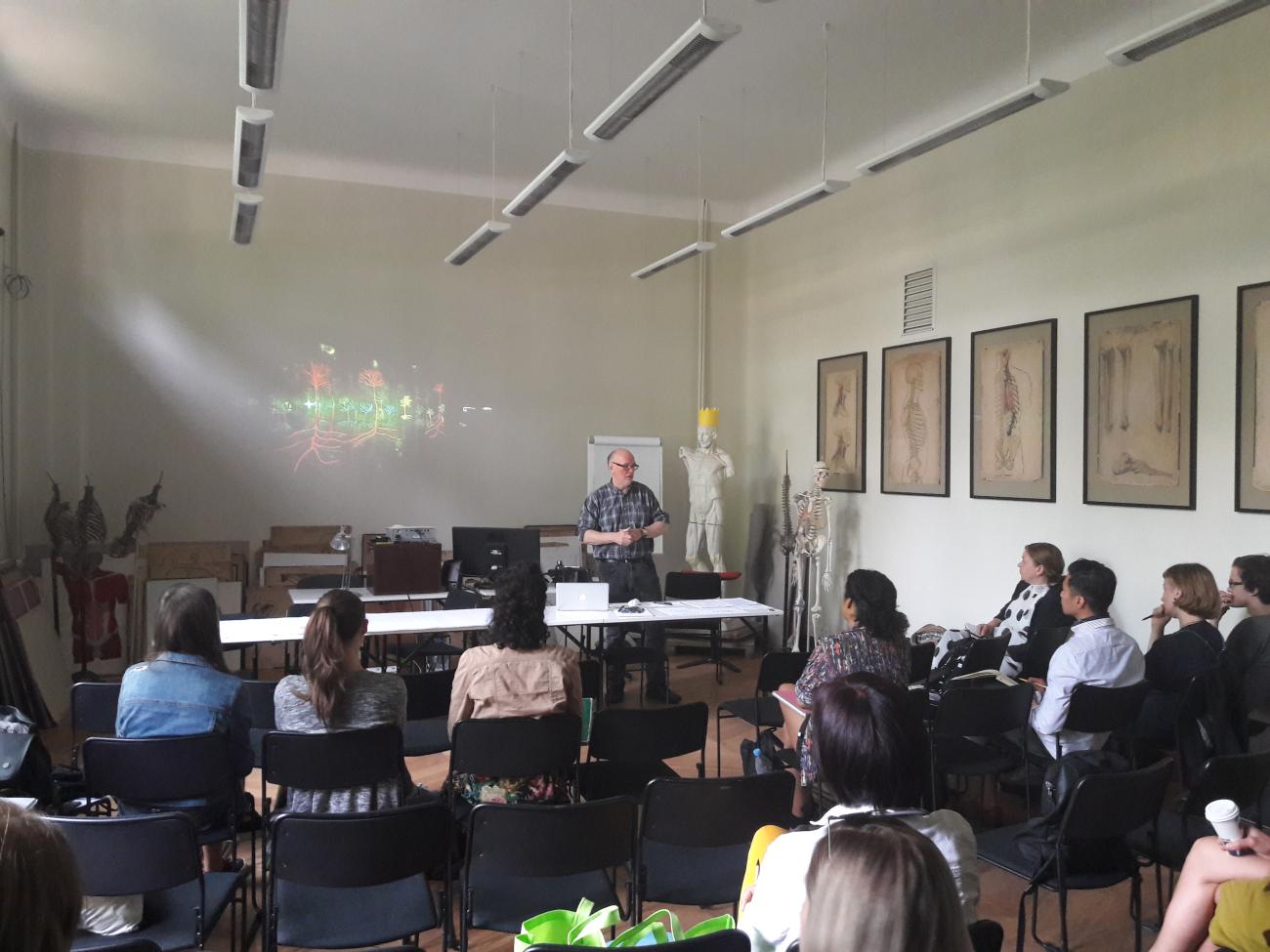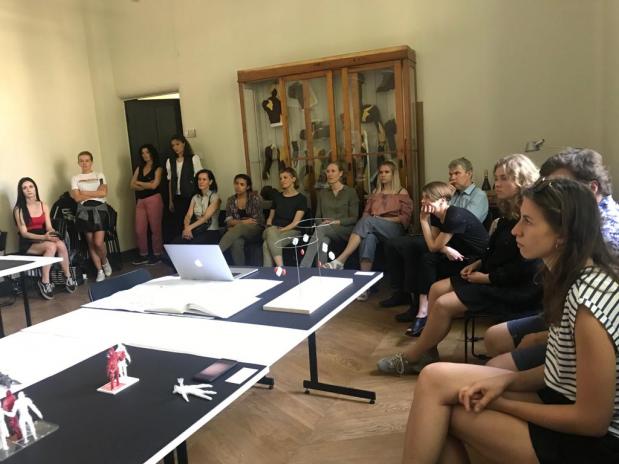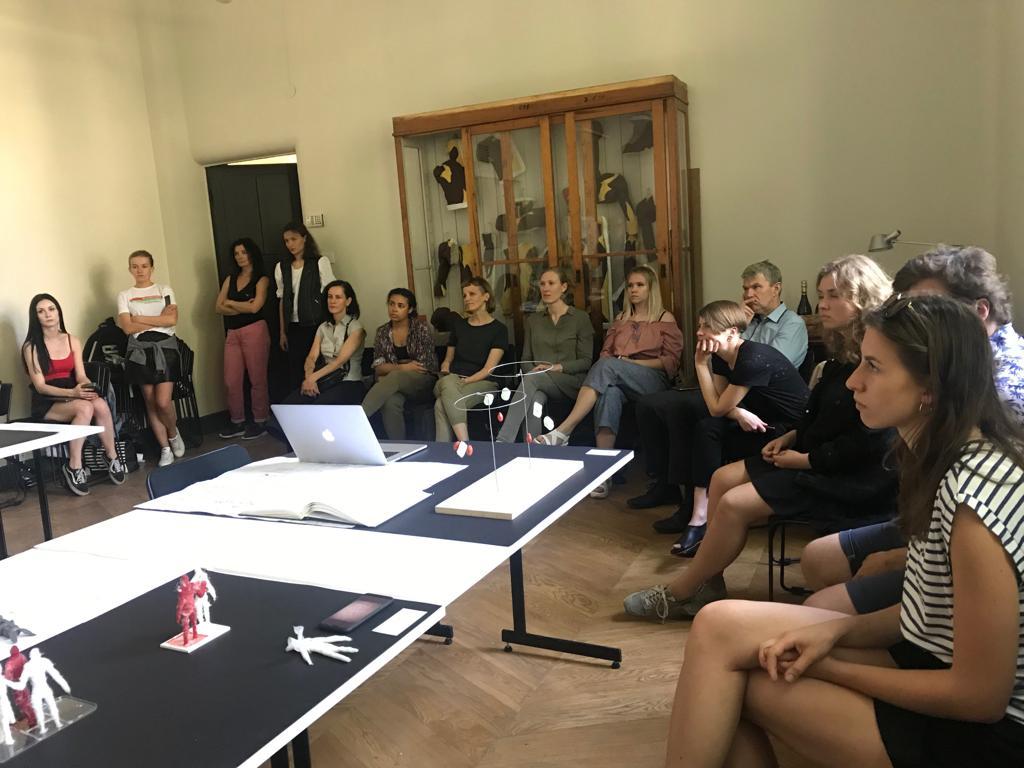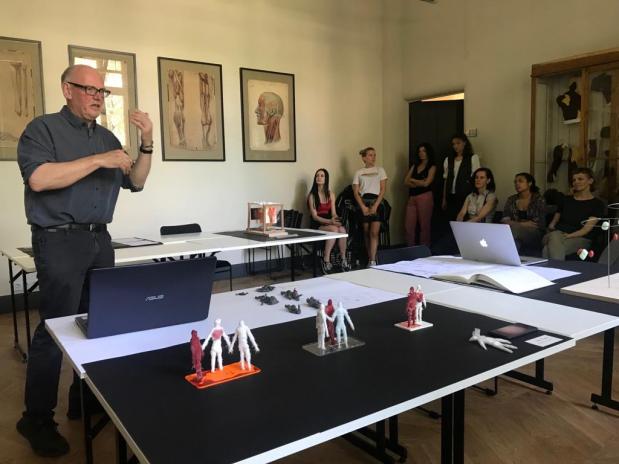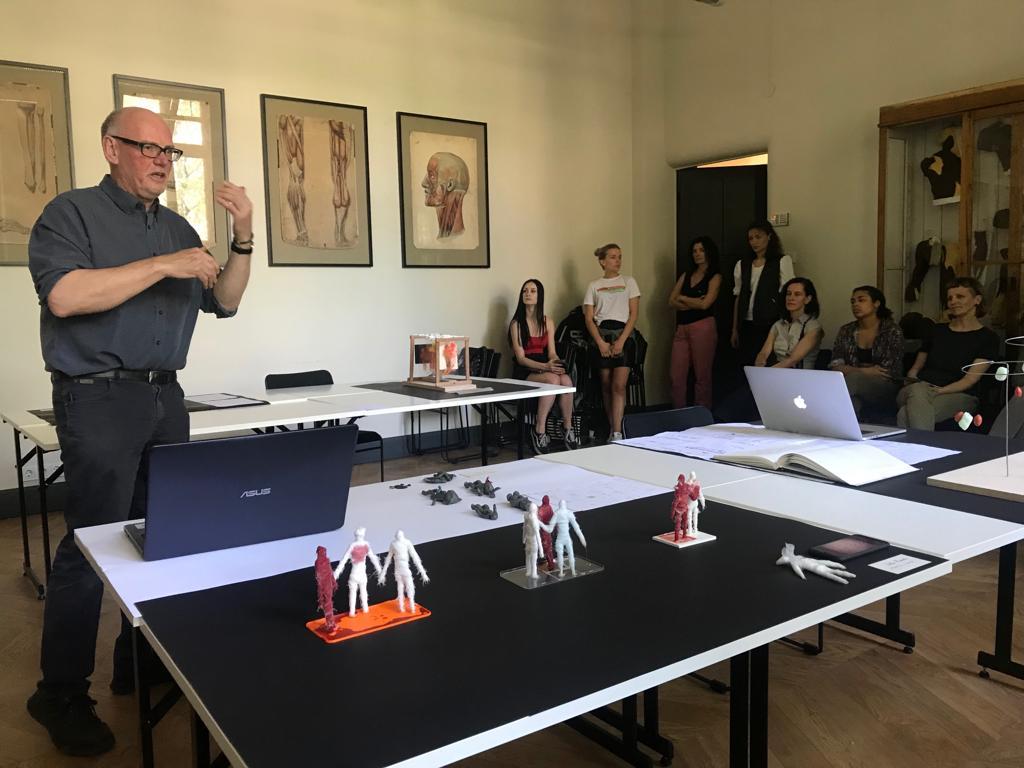RSU students participate in a medical art workshop
Between 21 and 23 May students from Rīga Stradiņš University (RSU) and the Art Academy of Latvia took part in Anatomy & Beyond, a joint interdisciplinary medical art workshop conducted by British medical artist Andrew Carnie (pictured). Carnie currently teaches Fine Arts at Winchester School of Art at the University of Southampton, England.
Assessing students’ art
When asked to evaluate the work of the students from both institutions Carnie says that they did a great job. He has been a lecturer in various countries and schools and says his experience here compares positively. Carnie was surprised by the students’ sincere interest and accuracy in creating their medical artworks. The students’ task was to create a piece of art that symbolises a process or phenomenon related to medicine and anatomy, and they could choose their topic freely.
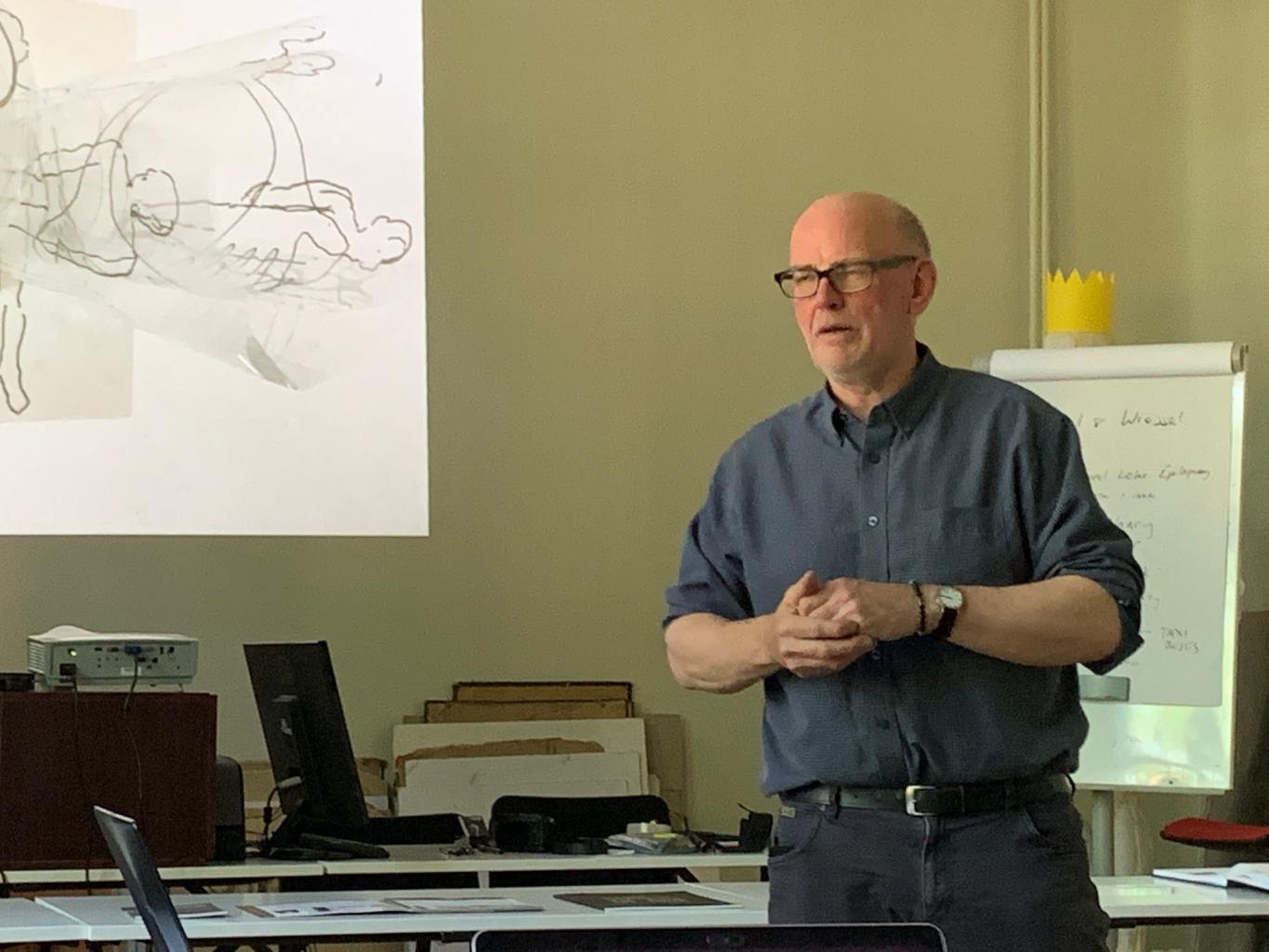
Keshia Aerchlimann from Germany is a first year student at the RSU Faculty of Medicine. The piece she created is titled Brain Lab and it reflects the impact of external factors on the role of the brain in ensuring the body’s vital functions. Aerchlimann feels that interdisciplinary projects like this that bring together medicine and art help to visualise and gain understanding about various aspects of anatomy.
Why participate in the workshop?
When asked to describe what benefits medical students might get from participating in the programme, Carnie said he believes that it improves students' comprehension of specific aspects, functions and elements of medicine and anatomy. Medical students have certain advantages in this workshop as they have a better understanding of the build and anatomy of the human body while the art students’ artistic skills are their advantage.
When asked to comment on the title of the workshop Carnie explains that it’s purposefully broad to allow for a variety of interpretations. The title should not restrict participants, but it should rather point the artist in the right direction and make them feel free to express their subjective vision of medicine and the human body by using various artistic, visual, and digital methods.
Andrew thinks that the modern world is too structured; themes, disciplines and tasks are grouped too strictly. He feels that there is a need for more interdisciplinary projects in order to integrate different seemingly unrelated disciplines, for example a closer collaboration between medicine and art. This will help artists discover new themes and explore the basics of some aspects of medicine, while medical students will be able to gain a better understanding of their subjects by applying creativity and various artistic instruments.
A medical artist is not a scientist
Andrew Carnie is a renowned medical artist. His artworks are on display in museums and exhibition halls in London, New York, Istanbul, Dresden, Montreal and other cities. Science is the source for his artworks and he draws inspiration from meeting with scientists, reading about current research and discoveries, and from studying data. The artist strictly underlines that he does not intend to become a scientist or researcher himself, however. He sees himself as an observer who interprets medical discoveries through art.
Related news
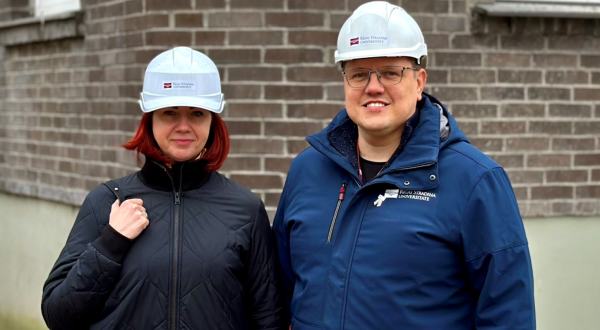 RSU is growing and developing: major reconstruction underway in the main buildingDevelopment, For RSU Employees, For Students
RSU is growing and developing: major reconstruction underway in the main buildingDevelopment, For RSU Employees, For Students